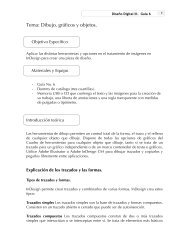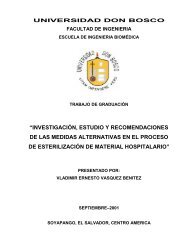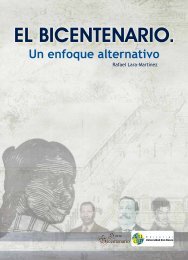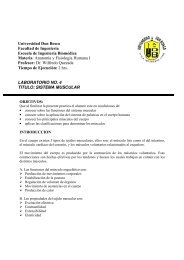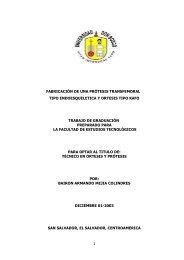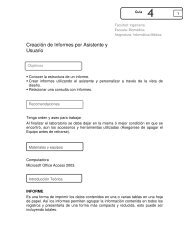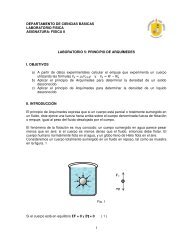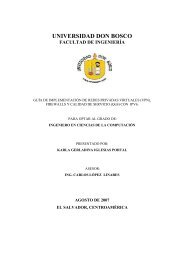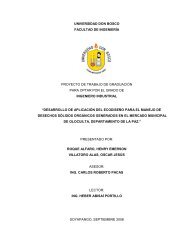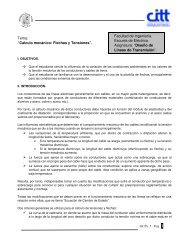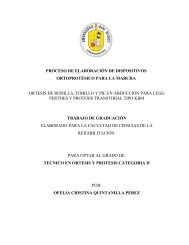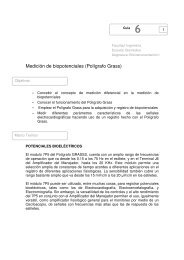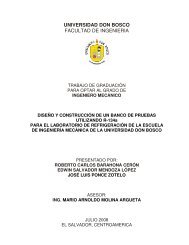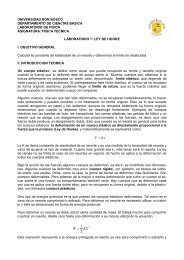cuentos de barro - DSpace Universidad Don Bosco
cuentos de barro - DSpace Universidad Don Bosco
cuentos de barro - DSpace Universidad Don Bosco
You also want an ePaper? Increase the reach of your titles
YUMPU automatically turns print PDFs into web optimized ePapers that Google loves.
la BoTIJa<br />
José Pashaca era un cuerpo tirado en<br />
un cuero; el cuero era un cuero tirado<br />
en un rancho; el rancho era un rancho<br />
tirado en una la<strong>de</strong>ra.<br />
Petrona Pulunto era la nana <strong>de</strong> aquella<br />
boca:<br />
—¡Hijo: abrí los ojos; ya hasta la color<br />
<strong>de</strong> que los tenés se me olvidó!<br />
José Pashaca pujaba, y a lo mucho<br />
encogía la pata.<br />
—¿Qué quiere, mama?<br />
—¡Qués nicesario que tioficiés en algo,<br />
ya tas indio entero! 7<br />
—¡Agüén!...<br />
Algo se regeneró el holgazán: <strong>de</strong> dormir<br />
pasó a estar triste, bostezando.<br />
Un día entró Ulogio Isho con un<br />
cuenterete. Era un como sapo <strong>de</strong> piedra,<br />
que se había hallado arando. Tenía el<br />
sapo un collar <strong>de</strong> pelotitas y tres hoyos:<br />
uno en la boca y dos en los ojos.<br />
19<br />
THe BoTIJa 6<br />
José Pashaca was a body thrown into a<br />
hi<strong>de</strong>; the hi<strong>de</strong> was a hi<strong>de</strong> thrown into<br />
a shack; the shack was a shack thrown<br />
onto a hill.<br />
Petrona Pulunto was this bum’s ma:<br />
“Son, open your eyes; I’ve even<br />
forgotten what color they are!”<br />
José Pashaca moaned and the most<br />
she could get out of him was that he<br />
tucked his leg.<br />
“What ya want, Ma?”<br />
“All I’m sayin’ is that it’s time ya find<br />
somethin’ to do, Lord knows you is a<br />
grown man!” 8<br />
“Alright…!”<br />
Somehow the lazy guy regenerated 9<br />
himself: he quit sleeping, became sad,<br />
and yawned.<br />
One day Ulogio Isho entered the house<br />
carrying a dingus. 10 It resembled a<br />
stone frog that he had found when<br />
plowing. The frog had three holes: one<br />
for a mouth and two for the eyes; it also<br />
had a necklace of small beads.<br />
6. The Earthenware Jug. A botija was an instrument used to hi<strong>de</strong> or put money away. When people died,<br />
sometimes they did not tell anyone about their botijas and let them buried.<br />
7. El escritor es inconsistente para señalar el cambio vernáculo. A veces se usa cursiva, a veces no.<br />
8. “Indio entero” is literally “a grown Indian,” but the connotation of indian as the lowest class is not<br />
equivalent in English. See section on “Invisibilizing All Things Indigenous.”<br />
9. vt to restore and renew somebody morally or spiritually.<br />
10. Salvadoran Spanish: “a tale.” An object which name is either unknown or forgotten.




